
George Wilson
Sales Director
22 October 2024
HSE Learning Summit: An Energising Dive Into Health, Safety, and Leadership
Last week, I attended the HSE Learning Summit, and I have to say, it was genuinely a thought-provoking experience, so I wanted to share my experience of the two-day event.
Last week, I attended the HSE Learning Summit, and I have to say, it was genuinely a thought-provoking experience, so I wanted to share my experience of the two-day event.
Right from the start, there was a buzz in the room that only grew stronger, largely due to Anna Keen’s dynamic leadership as the event chair.
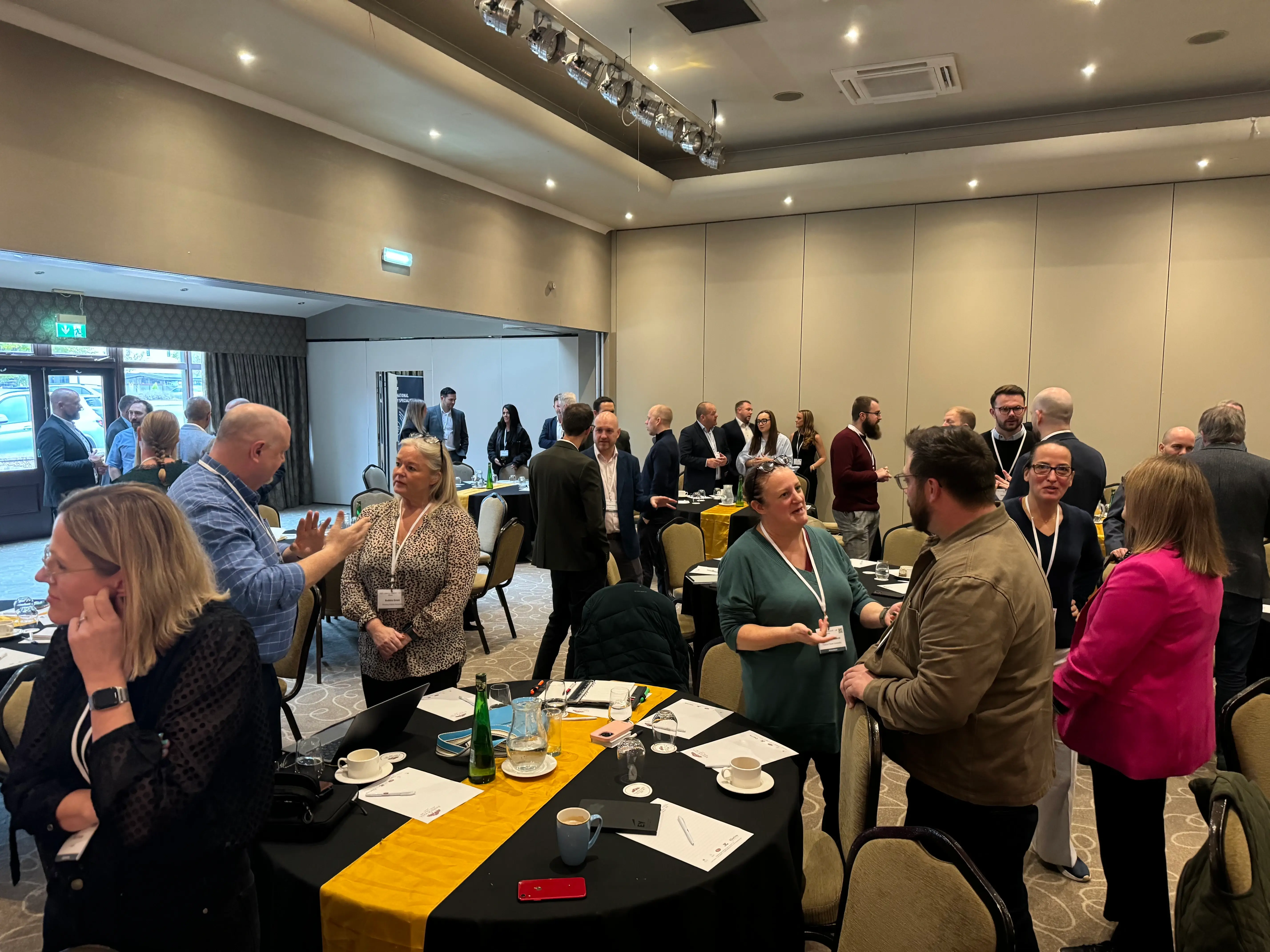
Engaging Right From The Start
Anna set the tone perfectly. She didn’t just ask for a bit of participation here and there. Instead, she wanted everyone to get involved as much as possible, go beyond the people we already knew, and truly engage with new faces.
It wasn’t about sitting back and listening passively; it was about being in the thick of the conversation, sharing ideas, and challenging one another. Her approach was a breath of fresh air, especially considering seminars can be a bit hit or miss and let’s be honest, risk being a bit “dull” at points. This definitely wasn’t the case at the HSE Learning Summit.
Anna emphasised that audience involvement wasn’t a bonus but crucial for making the event meaningful.
And she wasn’t wrong. The agenda was carefully crafted by an advisory council to ensure the topics were relevant and would truly resonate with professionals in our field.
Speaking of the agenda, here’s what I thought of the seminars and speakers delivering them.
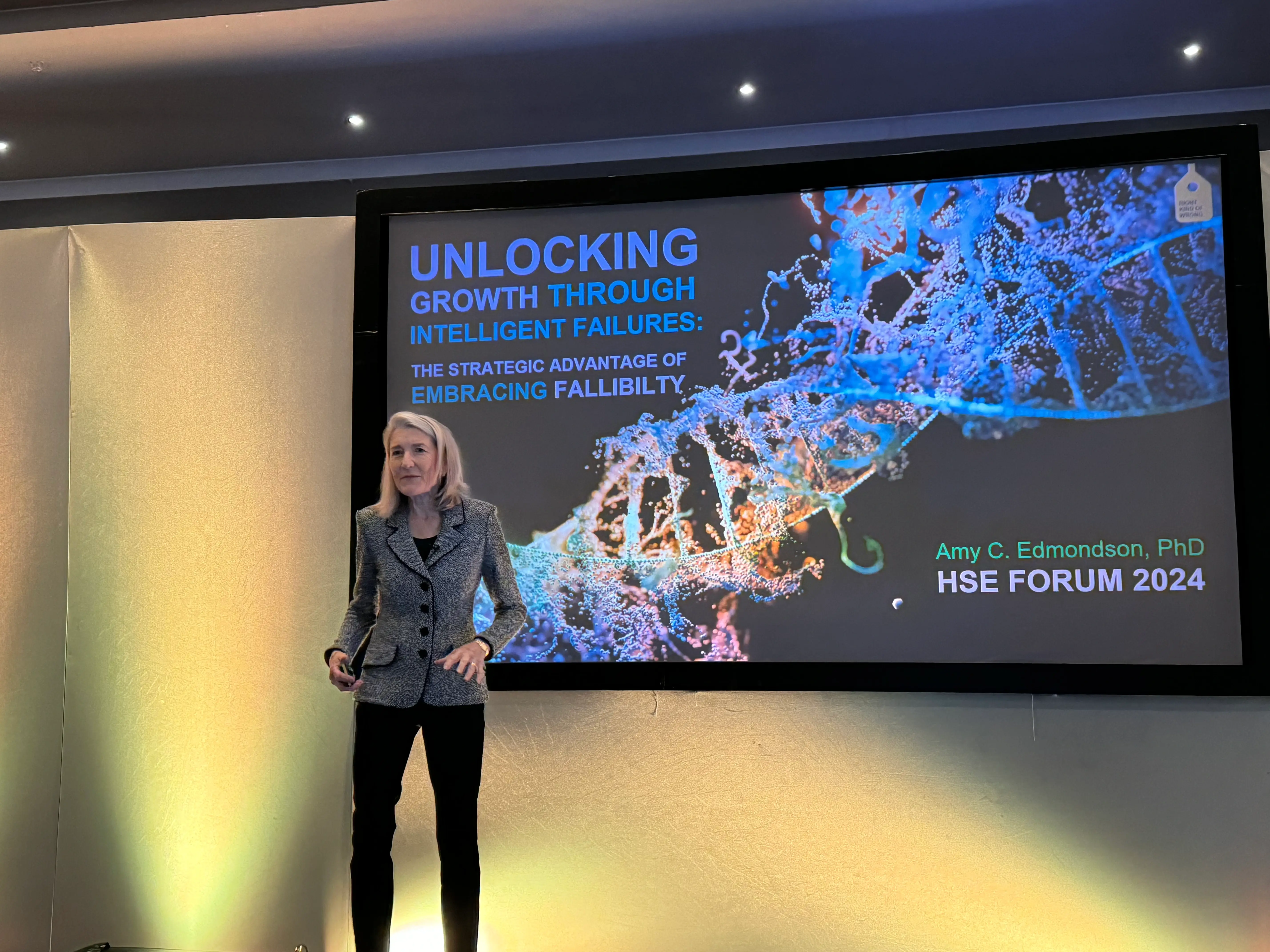
Stuart Hughes: Challenging The Status Quo
One of the standout sessions for me was Stuart Hughes, President of IOSH, who reflected on his year of achievements. He shared some incredible insights from his podcast series with CEOs across various industries. But what really got me thinking was his powerful question: Does Occupational Health and Safety (OHS) deserve a seat at the top table?
Stuart didn’t stop there. He dove into how we measure success and failure in OHS, encouraging us to look beyond traditional metrics like Lost Time Injury Frequency (LTIF). He posed a challenge: How should we measure failure in OHS?
A quote that stuck with me—and, I think, with many others—was, “You can’t be furious and curious.” It’s a reminder that when we look at safety outcomes, we need to keep an open mind, reflect, and resist the urge to get frustrated. This mindset shift is so crucial for driving real, positive change.
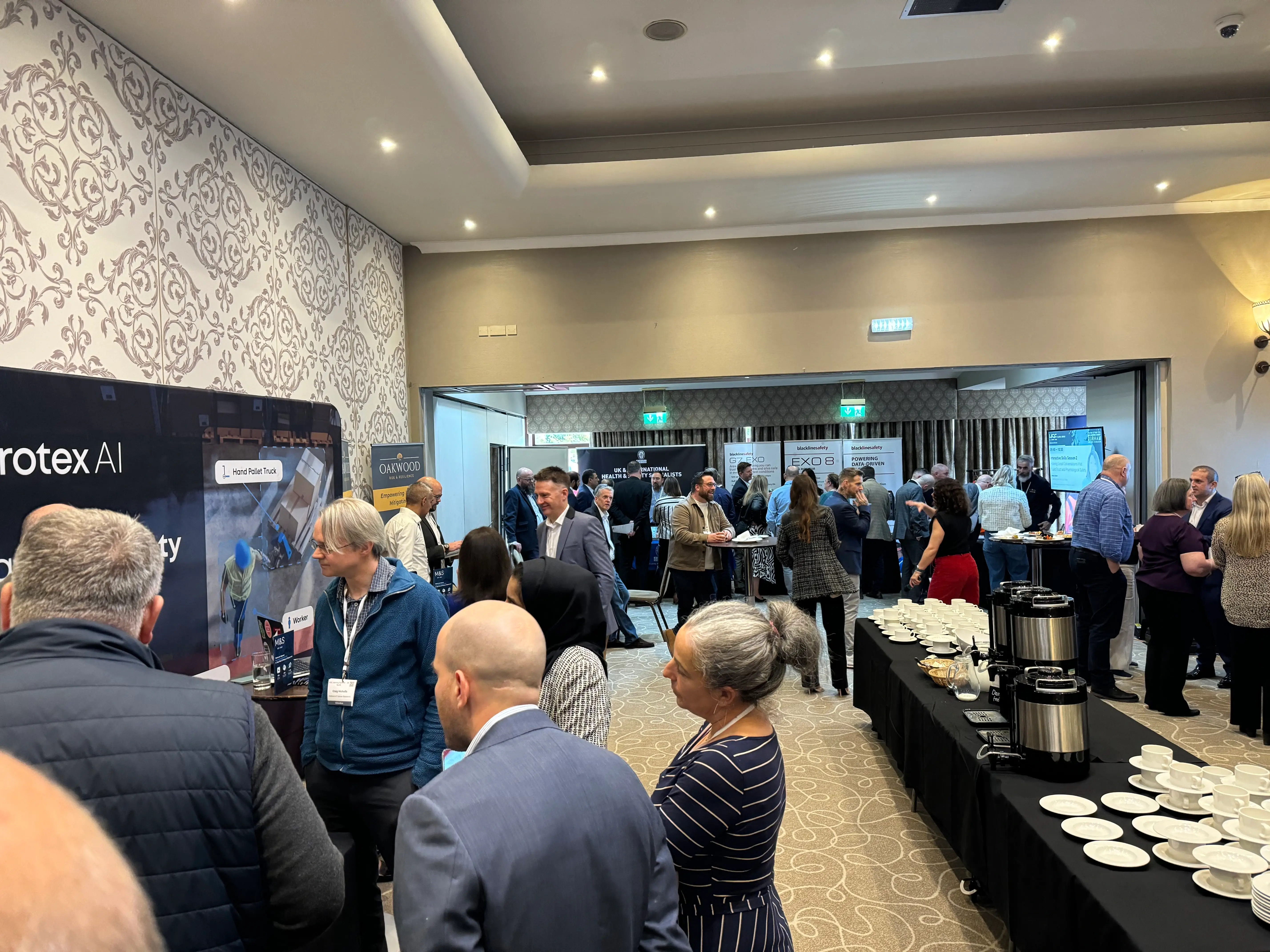
AI In EHS: A Double-Edged Sword
Now, let’s talk tech—specifically AI and its potential in Environmental, Health, and Safety (EHS). The roundtable discussion on this was absolutely fascinating. AI is a hot topic in our industry, and the conversation didn’t shy away from both the opportunities and challenges.
One key takeaway? AI can revolutionise how we track near misses, a task that’s often manual and, frankly, a bit of a headache. AI can do the heavy lifting, spotting trends and tailoring data to fit a company’s specific needs. But—and it’s a big but—successful AI integration requires aligning it with an organisation’s overall safety culture. We can’t just throw tech at a problem; it has to fit into our broader strategy and expectations.
Amy Edmondson: Power Of Intelligent Failures
If there’s one session that flipped the script for me, it was Amy Edmondson’s. She made a compelling case for embracing intelligent failures as a pathway to growth. I’ll admit, it’s not the way most of us naturally think about failure—especially in safety. But she framed it as a learning opportunity rather than something to fear, and I think that’s a game-changer.
She asked us to reflect on our own certainty with a simple but powerful question: “If you think you are right… how do you know?”
It’s about staying curious and using failures to build a more open and progressive safety culture. I could tell from the Q&A that this hit home for a lot of people in the room. It was about taking risks, learning, and building resilience—key components for innovation.
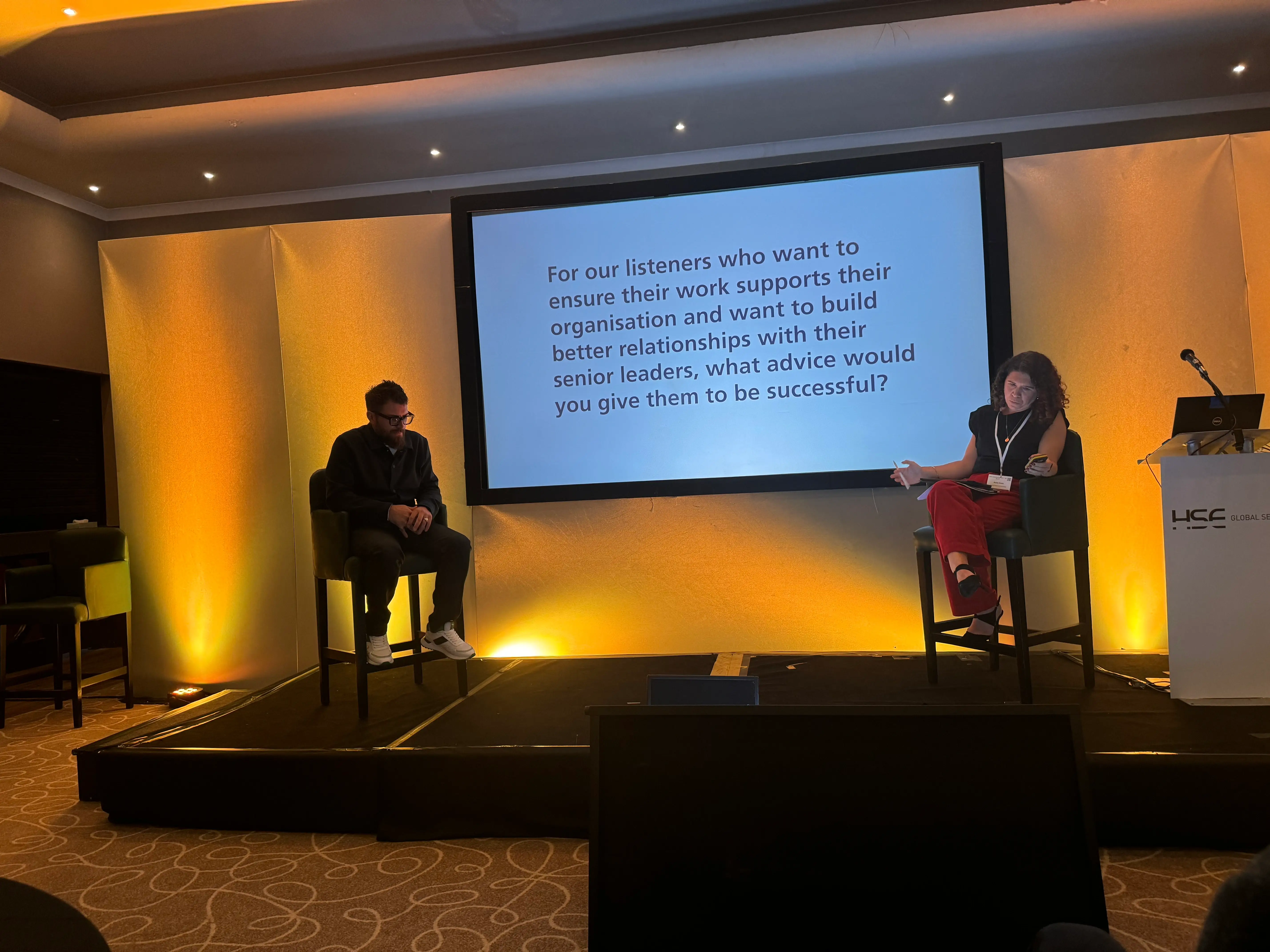
Kate Field: The Human Touch In Safety Culture
Kate Field’s session was one of the most interactive of the summit. She brought human behaviour and safety culture into focus, and she did it through stories, games, and quizzes that had everyone engaged. It was a great reminder of how essential human connection is in driving safety. You can have all the policies in the world, but if people aren’t connected and engaged, it doesn’t matter.
Embracing Failure: A Fresh Take From The Panel
One of the panel discussions that really stood out was with Ruth Denyer, Francis Rawson, and Helen Davitt. They shared personal stories about failure—honestly and openly—which was refreshing to hear. They talked about focusing on the wrong priorities early in their careers and how they learned that not every risk can be eliminated.
It was a wake-up call: Failure isn’t an endpoint; it’s a learning moment. Success isn’t about avoiding mistakes but about how we react to them. The atmosphere was incredibly candid, and it was clear that fostering trust is key to this kind of open dialogue.
Helen Davitt On Building Communities
Helen Davitt’s workshop was another highlight. She didn’t just talk about building teams—she emphasised building communities. That shift in perspective is crucial. She outlined the importance of aligning on vision, challenging each other constructively, and speaking as one voice when outside the room.
We even had a chance to map out our teams, adding an interactive element to the session.
Zoi’s Workshop: Tackling Real-World Challenges
The Cambridge University workshop led by Zoi Roupakia was a hit. It was all about taking technical and leadership challenges and working through them with a collaborative, hands-on approach. We dug into real-life scenarios, and it was a valuable exercise in adapting leadership strategies to meet those challenges head-on.
Wrapping Up: Building Positive Cultures
The summit wrapped up with a session from Ruth Denyer on fostering positive cultures for managing risk and safety. She focused on creating environments where uncertainty isn’t just accepted but embraced—where experimentation and psychological safety are at the forefront.
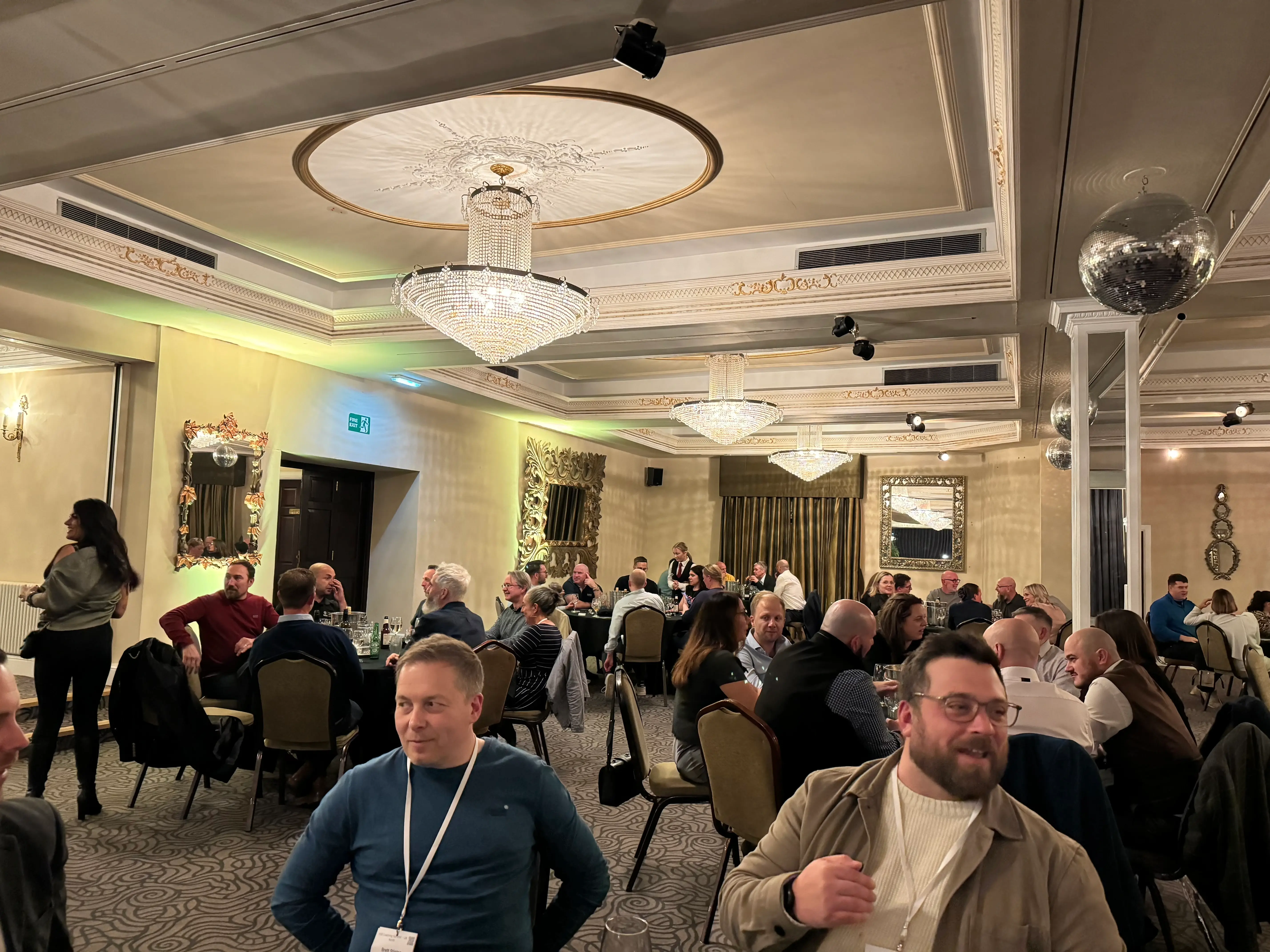
My Takeaways And Why This Summit Matters
Here’s the bottom line: The HSE Learning Summit wasn’t just another event but an opportunity to rethink and reshape how we approach safety and leadership. The event was truly inspiring and delivered in an interactive format with real excitement from all participants.
Some of my key takeaways included:
- Embracing failure as a driver for safety culture and innovation.
- Harnessing AI in a way that aligns with organisational values.
- Building trusting teams and communities for long-term success.
- Leading with curiosity rather than frustration to create a lasting impact.
I walked away feeling energised and ready to apply these insights in my work. It was a powerful reminder that we’re in a dynamic, evolving industry, and I’m already looking forward to the next summit. Thank you to all of the HSE professionals I met over the couple of days and everyone who worked behind the scenes to make the event a huge success.